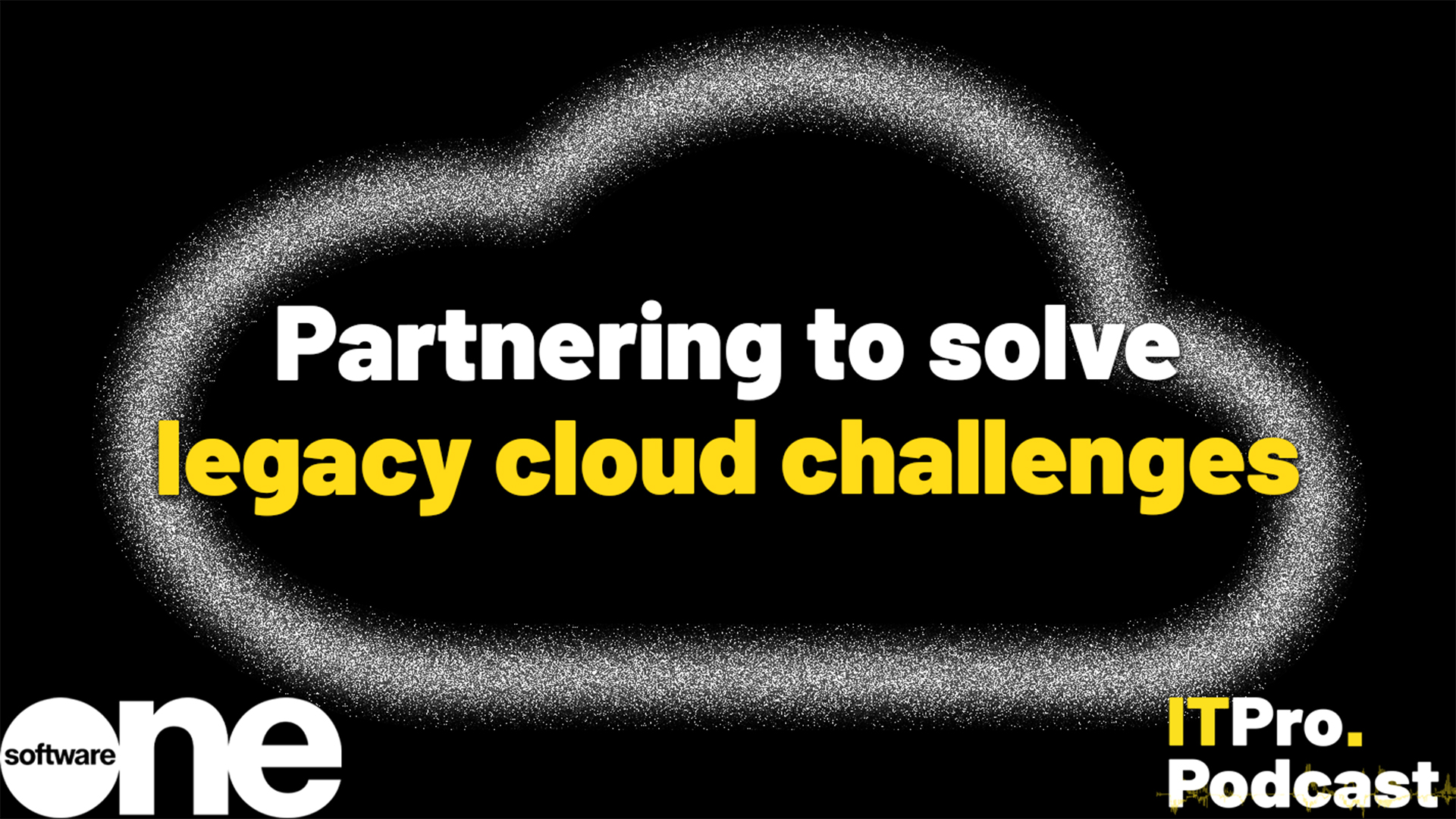Is the traditional MSP service desk dead?
AI and B2C expectations are reshaping B2B service desks and MSP strategy


In a B2B environment, expectations are set by B2C experiences. Think about booking an Uber or ordering from Amazon – great experiences with incredibly low friction.
It’s now incumbent on everyone to deliver this in the B2B world and not just accept that B2C gets the premium experience. MSP customer service directors are fully aware of this shift, and they’re looking to technology providers to help them meet these expectations.
But does this mean the traditional service desk is dead? Far from it – in my view, it’s turning into something much more powerful.
The service desk lives on, but is evolving
There’s a trend exemplified by the hyperscalers who don’t want a service desk – you struggle to ring Amazon and speak to a first-line agent. They prefer self-service routes that make you more productive. But this creates an opportunity for MSPs who can provide a personalized service where customers speak to someone and talk through their issue with an expert. For many customers, that’s a big value proposition.
The service desk remains vital. It can be a real buying force, differentiating medium and large players from the biggest providers who are trying to remove that personal element.
However, even where MSPs maintain the human touch, significant change is coming. ServiceNow’s AI assistant supports first-line operators. You might call and speak to someone, but the AI already knows your company, existing tickets, related problem records, and relevant knowledge base articles. In this sense, we’re supercharging first-line service desks with AI.
Breaking the firefighting cycle with AI and data
One of the patterns we are seeing is the critical importance of data and content.
Stay up to date with the latest Channel industry news and analysis with our twice-weekly newsletter
The top piece of content is typically knowledge base articles. To have both chatbots and AI systems fully effective, you need a robust repository of knowledge that can identify patterns and problems.
The challenge lies in the fact that everyone’s too busy firefighting to write knowledge articles. But this is where AI can help, as it can give you a first draft for someone to approve. It requires MSPs to think differently and adopt a new mindset: “If I invest in writing knowledge base articles assisted by AI, I can get a 2-5-times return. It won’t solve today’s problems but will help with all future ones.”
However, many MSPs aren’t structured for this today. It demands business transformation alongside technological change. Larger organizations can split operational roles from process improvement, and doing so delivers real efficiency gains. When both responsibilities fall to the same person, they’re constantly firefighting.
The advanced analytics capabilities now available make this strategic role separation not just possible, but essential. We use performance analytics in ServiceNow to go far beyond traditional reports. We can slice and dice data in real-time, and managers can do this themselves once data sources are set up. For example, you might have an organisation with only six SLAs, one for each technology tower. However, your contracts have different SLAs based on specific products your customers purchase. Since we have data on customer products, we can align the correct SLA to the correct ticket. This alone can improve SLAs significantly.
The AI can also prompt users when an SLA is running out on a particular ticket, or when customer sentiment in ticket notes has turned from positive to negative. It’s working hand in glove with first-line operators, meaning we need fewer human heads to service the same customer base.
The transformation challenge for MSPs
Within the POPX customer base, 100% have AI-powered features, be they sentiment analysis, predictive intelligence, AI chatbots, or AI assistants. Unfortunately, more than 90% of MSPs are still on basic service desk operations.
One challenge revolves around creating a centre of excellence for effective implementation. It costs more money, and there’s a real ROI challenge. Many MSPs, whilst having £50-300 million revenue, are still mid-sized in terms of the depth needed for complex ServiceNow implementations.
When most customers come to us, they’re likely to be limited to Copilot – it’s there in their emails and Teams, but it’s not specifically trained AI with a model for service management like ServiceNow offers. That specialised AI, trained for thousands of hours on specific datasets, can be a game-changer compared to generalised helpers.
Technology transformation must go hand in hand with business transformation. You need full training and organisational change management. It’s important to bring everyone on the journey with you – people shouldn’t feel like change is happening to them, but that they’re part of the change.
The response is usually positive, not least because most people want better tools for their job. While AI can be daunting for some, and there’s rhetoric about robots taking over, it’s about being mindful of valid concerns, explaining things carefully, and bringing people on the journey.
Why transformation is worth the investment
If you’re not working to market-leading service desk standards, you’re going to get left behind. The MSPs embracing this transformation are gaining real competitive advantages through better SLA attainment, improved customer satisfaction, and more efficient operations.
Innovation is always a feedback loop – listening to customers and market demands while also innovating solutions people haven’t thought of yet. Strong leadership and a desire to drive business transformation are prerequisites because you need both pieces to complete the puzzle.
The traditional service desk isn’t dead – it’s evolving into something more intelligent, more responsive, and more strategic. The question isn’t whether to embrace this change, but how quickly you can transform to meet the expectations that B2C experiences have set for all of us.

Andy has been leading large and complex software solution implementations across IT and technology stacks for many years. He has a remarkable background working with and improving the operations of Managed Service Providers and software houses before a notable tenure of over six years at ServiceNow as a Senior Architect.
Andy is a strong advocate of aligning technology to value-generating business outcomes, a methodology he applies to all POPX deployments. His inspiring dedication to his profession is signified by joining the elite group of ServiceNow Certified Master Architects.
-
 How edge AI can boost the bottom-line – and how to get ready
How edge AI can boost the bottom-line – and how to get readySponsored A smart edge AI computing strategy can help businesses more efficiently process AI workloads and eliminate processing delays – and selecting the right devices is a critical step
-
 Turning business data into business value
Turning business data into business valueSponsored Podcast Camp Australia successfully embraced the cloud through targeted digital transformation
-
 Pax8 and Microsoft are teaming up to supercharge MSP growth
Pax8 and Microsoft are teaming up to supercharge MSP growthNews The new agreement includes integration between Pax8 and Microsoft Marketplace alongside a new OneCloud Guided Growth enablement initiative
-
 The power of partner ecosystems in today’s tax landscape
The power of partner ecosystems in today’s tax landscapeIndustry Insights Technology transformations enable tax teams to embrace partnerships in a more collaborative manner
-
 When the vendor fails: Why B2B buyers need escrow as a priority for their software stack
When the vendor fails: Why B2B buyers need escrow as a priority for their software stackIndustry Insights Channel partners need stronger governance to navigate vendor collapse…
-
 Building enduring channel partnerships in a multi-generational IT environment
Building enduring channel partnerships in a multi-generational IT environmentIndustry Insights Partners are evolving from sellers to strategic advisors, prioritizing customer outcomes
-
 Is channel know-how the key to de-risking enterprise AI plans?
Is channel know-how the key to de-risking enterprise AI plans?Industry Insights Channel partners could be the key to enterprises successfully developing their AI projects and implementations…
-
 The MSP market has changed – we need to change how we think about it
The MSP market has changed – we need to change how we think about itIndustry Insights MSPs are advancing beyond IT, offering resilience and specialist services through co-management
-
 Observability opens up new opportunities for the channel
Observability opens up new opportunities for the channelIndustry Insights Channel partners are responding to the growing demand for observability products to help customers keep track of their data and assets across cloud, serverless, and containerized environments
-
 Channel leaders: Complexity is an opportunity
Channel leaders: Complexity is an opportunityNews Complexity, customer expectations, and competitive pressure are converging rapidly. Partners must invest in AI and automation now for both strategic and survival reasons, argue channel leaders